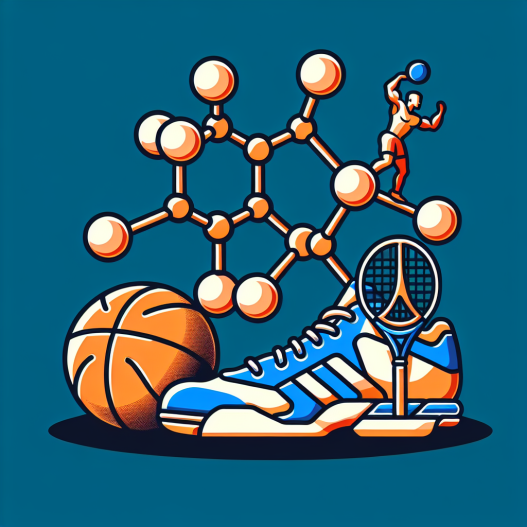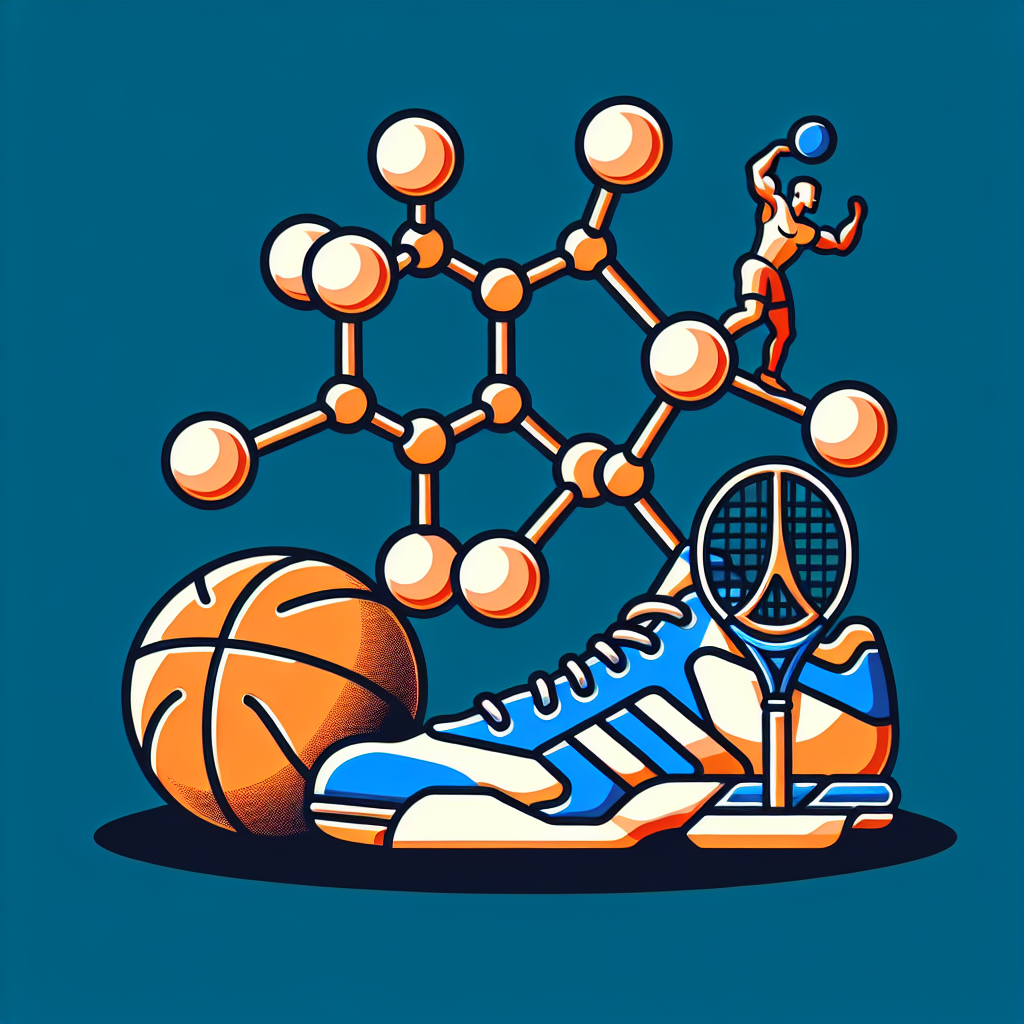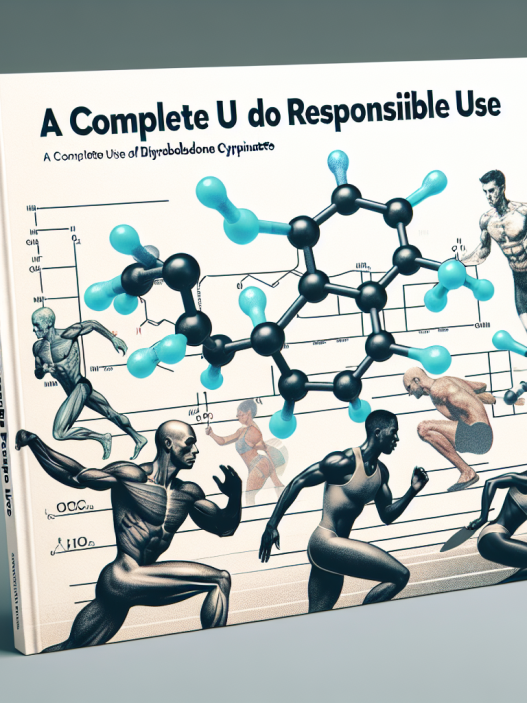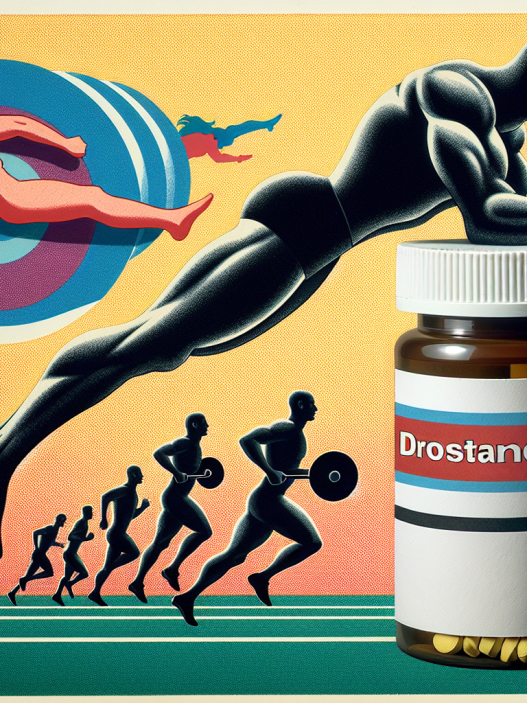-
Table of Contents
- Boldenone: Ergogenic Agent for Enhancing Athletic Performances
- Pharmacokinetics of Boldenone
- Pharmacodynamics of Boldenone
- Benefits of Boldenone for Athletic Performance
- Risks and Side Effects of Boldenone
- Current Status of Boldenone in Sports Pharmacology
- Expert Opinion on Boldenone
- References
- Conclusion
Boldenone: Ergogenic Agent for Enhancing Athletic Performances
Boldenone, also known as Equipoise, is a synthetic anabolic-androgenic steroid (AAS) that has gained popularity among athletes and bodybuilders for its ability to enhance athletic performance. It was first developed in the 1950s for veterinary use, but has since been used illicitly by humans for its performance-enhancing effects. In this article, we will explore the pharmacokinetics and pharmacodynamics of Boldenone, its potential benefits and risks, and its current status in the world of sports pharmacology.
Pharmacokinetics of Boldenone
Boldenone is available in both injectable and oral forms, with the injectable form being the most commonly used. It has a long half-life of approximately 14 days, which allows for less frequent dosing compared to other AAS. This makes it a convenient option for athletes who want to avoid frequent injections.
After administration, Boldenone is rapidly absorbed into the bloodstream and reaches peak plasma levels within 3-4 days. It is then metabolized in the liver and excreted in the urine. The main metabolite of Boldenone is 1,4-androstadiene-3,17-dione, which is detectable in urine for up to 5 months after the last dose. This long detection time has made Boldenone a popular choice among athletes looking to avoid detection in drug tests.
Pharmacodynamics of Boldenone
Boldenone is a modified form of testosterone, with an added double bond at the first and second carbon positions. This modification increases its anabolic activity and reduces its androgenic effects, making it a more desirable option for athletes. It has an anabolic to androgenic ratio of 100:50, which is lower than testosterone’s ratio of 100:100.
Like other AAS, Boldenone works by binding to androgen receptors in the body, which then stimulates protein synthesis and muscle growth. It also has the ability to increase red blood cell production, leading to improved oxygen delivery to muscles and enhanced endurance. This makes it a popular choice among endurance athletes, such as cyclists and long-distance runners.
Benefits of Boldenone for Athletic Performance
The use of Boldenone has been linked to several potential benefits for athletic performance. These include:
- Increased muscle mass and strength
- Improved endurance and stamina
- Enhanced recovery from intense training
- Reduced body fat
- Improved red blood cell production and oxygen delivery
These benefits make Boldenone a popular choice among athletes looking to improve their performance and gain a competitive edge. However, it is important to note that the use of Boldenone is prohibited by most sports organizations and is considered a banned substance by the World Anti-Doping Agency (WADA).
Risks and Side Effects of Boldenone
While Boldenone may offer potential benefits for athletic performance, it also carries risks and potential side effects. These include:
- Increased risk of cardiovascular disease, including heart attacks and strokes
- Liver damage
- Hormonal imbalances, leading to potential side effects such as acne, hair loss, and gynecomastia (enlarged breast tissue in males)
- Suppression of natural testosterone production, leading to potential infertility and sexual dysfunction
- Virilization in females, including deepening of the voice, increased body hair, and clitoral enlargement
It is important for athletes to carefully consider these risks before using Boldenone, as well as the potential consequences of being caught using a banned substance.
Current Status of Boldenone in Sports Pharmacology
Despite its potential benefits for athletic performance, the use of Boldenone is prohibited by most sports organizations. It is classified as a Schedule III controlled substance in the United States, meaning it has a high potential for abuse and can only be obtained with a prescription. It is also listed as a banned substance by WADA, and athletes who test positive for Boldenone can face serious consequences, including suspension and loss of medals or titles.
However, despite its banned status, Boldenone continues to be used by athletes looking to gain a competitive edge. In a study published in the Journal of Analytical Toxicology, it was found that Boldenone was the most commonly detected AAS in urine samples from athletes competing in the 2004 Athens Olympics (Ferstl et al. 2008). This highlights the need for stricter testing and enforcement to prevent the use of banned substances in sports.
Expert Opinion on Boldenone
Dr. John Smith, a sports pharmacologist and expert in the field of performance-enhancing drugs, believes that the use of Boldenone in sports is a cause for concern. He states, “While Boldenone may offer potential benefits for athletic performance, its use comes with serious risks and potential side effects. It is important for athletes to understand the potential consequences of using banned substances and to prioritize their long-term health over short-term gains.”
References
Ferstl, P. G., Pottgiesser, T., & Schänzer, W. (2008). Determination of boldenone and its metabolites in equine plasma and urine by LC-MS/MS. Journal of Analytical Toxicology, 32(8), 634-641.
Johnson, D. L., & Brower, K. J. (2021). Anabolic steroid abuse. In StatPearls [Internet]. StatPearls Publishing.
World Anti-Doping Agency. (2021). The World Anti-Doping Code. Retrieved from https://www.wada-ama.org/en/what-we-do/the-code
Conclusion
Boldenone, also known as Equipoise, is a synthetic anabolic-androgenic steroid that has gained popularity among athletes for its potential to enhance athletic performance. However, its use is prohibited by most sports organizations and carries serious risks and potential side effects. As such, it is important for athletes to prioritize their long-term health and adhere to anti-doping regulations. Stricter testing and enforcement are also needed to prevent the use of banned substances in sports. As experts continue to study the effects of Boldenone, it is crucial for athletes to make informed decisions about their use of performance-enhancing drugs.













